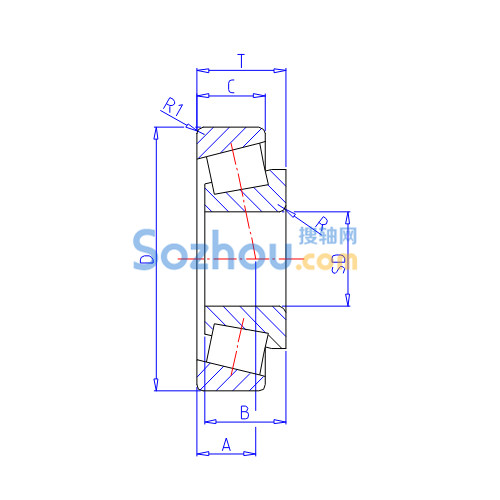To prevent creeping in guide rails and sliders, the following measures can be taken:
On linear guide rails, use guide oil containing polar additives; increase the system's stiffness by reducing the mating surfaces, increasing structural size, shortening the transmission chain, and reducing transmission pairs.
Where possible, try to increase the working length of the rail. This is because an increase in length not only reduces the angular deflection caused by surface contact deformation of the linear guide rail but also ensures uniform pressure across the guide rail.
To improve wear resistance and prevent galling between the linear guide rail pairs, the materials of the moving guide rail and the supporting guide rail should be different, ideally one hard and one soft. If the same material is used, different heat treatment methods must be applied to ensure that the hardnesses are different. In linear guide rail pairs, the supporting guide rail is typically made of quenched steel or quenched cast iron, while the moving guide rail often uses plastic soft strip guides. In high-precision mechanical systems, a pair of linear guide rail pairs may both use unquenched wear-resistant cast iron materials, as each guide rail requires scraping and fine finishing. For less critical or infrequently moved guide rail pairs, ordinary gray cast iron materials are used.
Additionally, the hardness of the linear guide rail should generally be lower than that of the supporting guide rail. Long linear guide rails have higher wear resistance and hardness than short linear guide rails because the usage conditions vary along their length, leading to uneven wear, which greatly affects machining accuracy. Moreover, long guide rails are harder to protect completely and are more likely to suffer accidental scratches.





